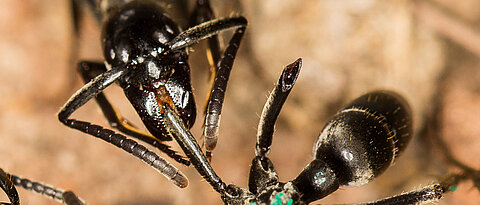Extreme Salt Stress Triggers Leaf Movement
10/06/2022
Plant leaves can cope with much higher salt concentrations than roots. The underlying mechanism may help to develop more salt-tolerant crops.
more










![[Translate to Englisch:] [Translate to Englisch:]](/fileadmin/_processed_/8/6/csm_0506Insekten_Bestaeuber_c0e0635d26.jpg)











